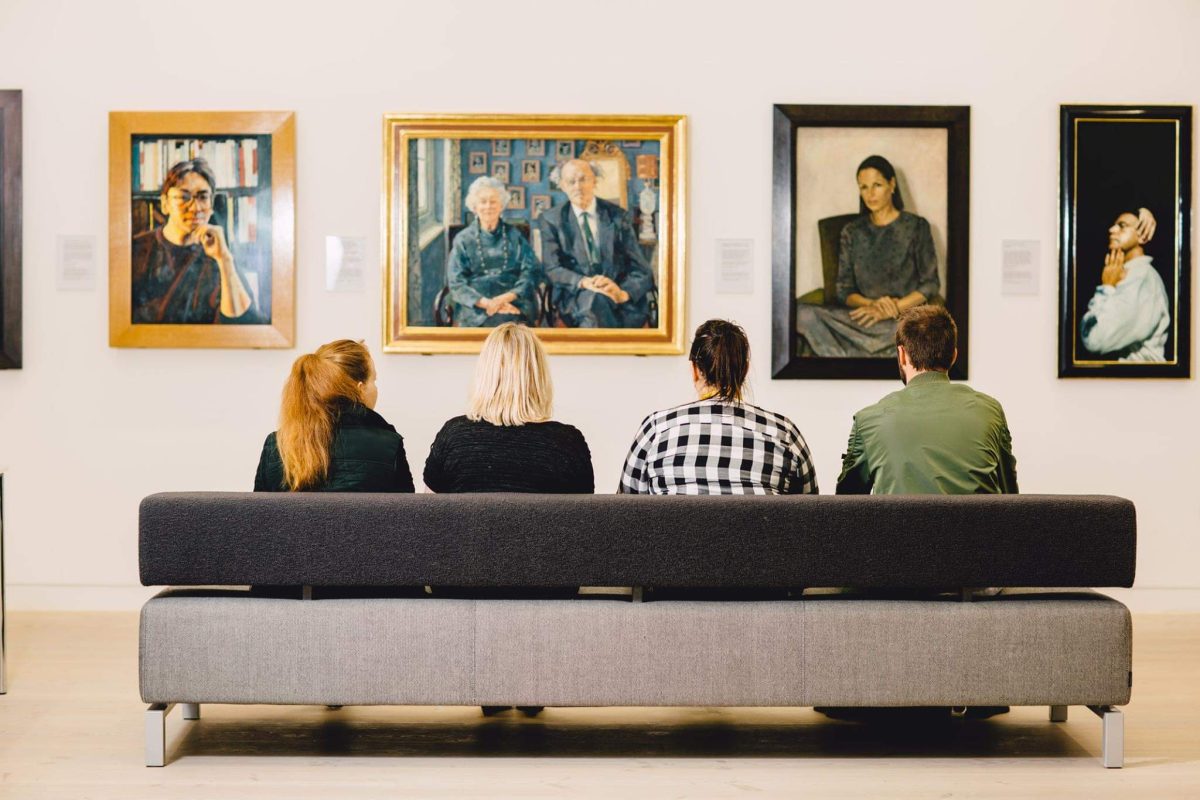With the upcoming coronation of King Charles III, here at the University Archives we wondered what we might have hidden amongst the collections that related to coronations past. It turns out we have a small but interesting selection of material. As we might expect, there were a number of nationally produced commemorative publications and souvenir […]

Prior to 2017, the Library exhibition space was originally used in a more corporate fashion; university events, networking events and lunch gatherings were popular within the Academic and University community. It hosted a lectern and chairs most of the time – very formal and most of the time pretty empty. In order to prepare for […]
by Sharon Redgrave When the library was built in 1959 and then extended in the late 1960’s, talk of mobile phones, computers, eBooks, the Internet, and such like would have seemed like the stuff of science fiction. But in 2012, the world was a very different place. This was the year of the London Olympics. […]
The 3rd of January marks the Festival of Sleep, an unofficial calendar event that encourages everyone to rest after the busy holiday period. Given this, and that it is a new year, I thought that it would be a good time to highlight the importance of sleep. More specifically, the role that sleeping plays in […]
November 23rd marks Doctor Who Day. A day which celebrates when the iconic sci-fi show first aired in 1963. You may be asking, “But what has Doctor Who got to do with the University Library?”. Well, I know it seems a little bit random, but stick with me. As a Doctor Who fan, I couldn’t […]
Disclaimer- This blog will discuss the topic of mental health. The writers of this post are not professionals, but former students who want to help current students know what is available to them at the University. The 10th of October marks World Mental Health Day. The theme for this year is ‘Make mental health and […]
Starting university can be quite a daunting prospect. There is a lot to learn in a short space of time. When I started at The University of Hull in 2018 I had to find my lecture rooms, meet new friends and discover new learning styles. It is for this reason that I missed out on […]
If you’re anything like me, you might not have explored archives in your life. They’re just of dusty old documents anyway aren’t they? Well some may think so, but I certainly don’t! I went on a tour around the Hull History Centre and got to explore its archive material. Here is my experience of the […]
My name is Jess and I recently started my role as an intern at the Brynmor Jones Library. Find out what I have learnt in the first week and why it has already been beneficial to my future career. The application process Up until two weeks ago, I worked in a pub as a supervisor. […]
As online meeting becomes more commonplace than ever, the Academic Libraries North conference 2022 was no exception, and the organisers did an excellent job emulating the benefits of an in-person conference online. This year’s spotlight was on inclusivity, particularly on the actions our institutions take to improve equality and diversity. The event was split over […]
